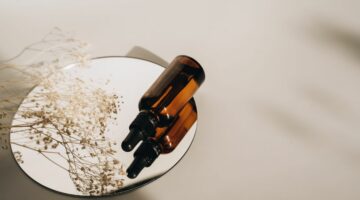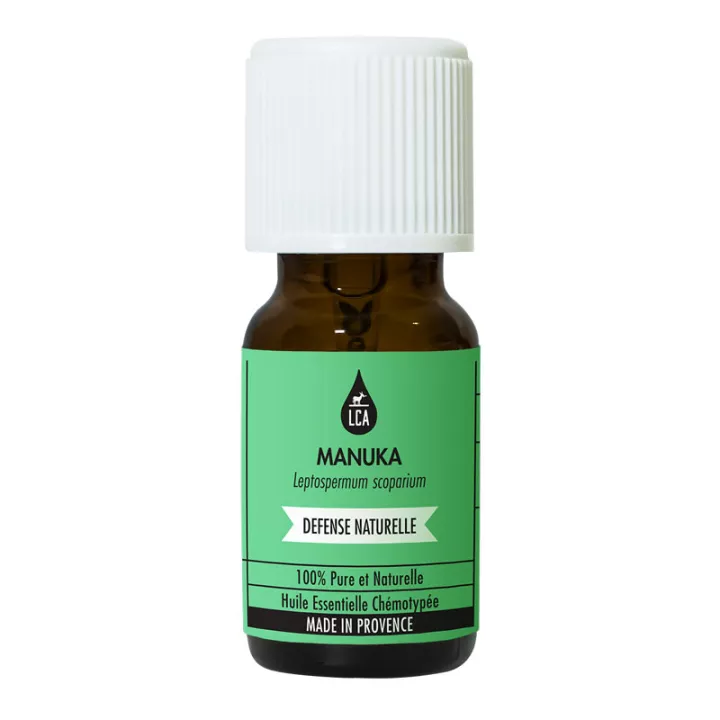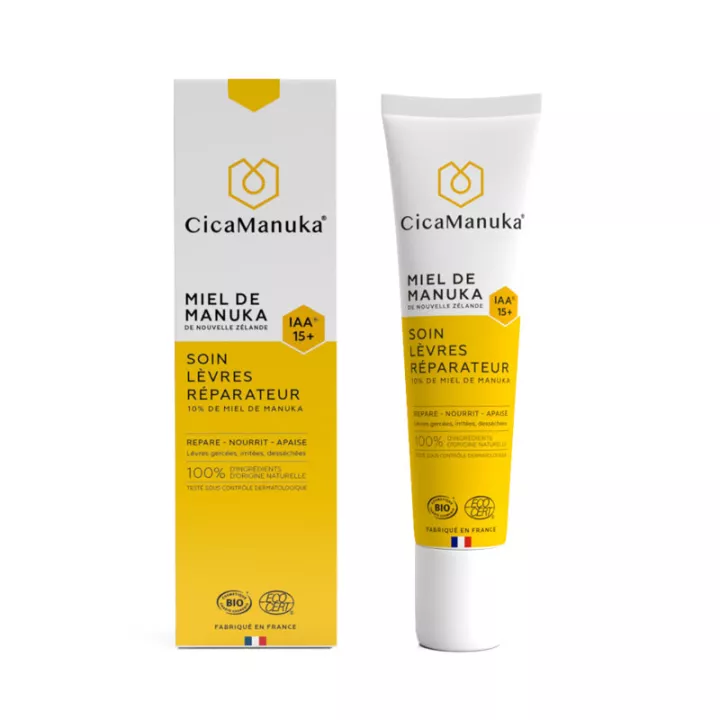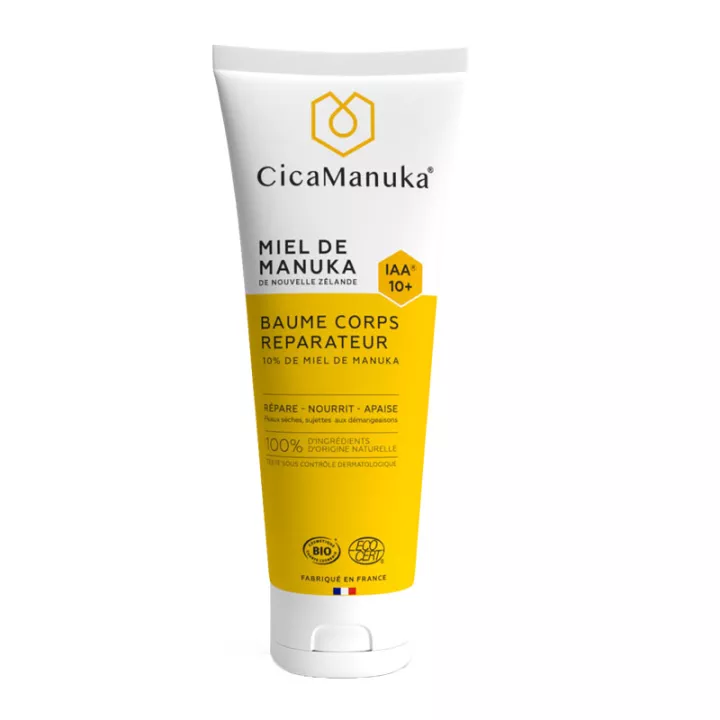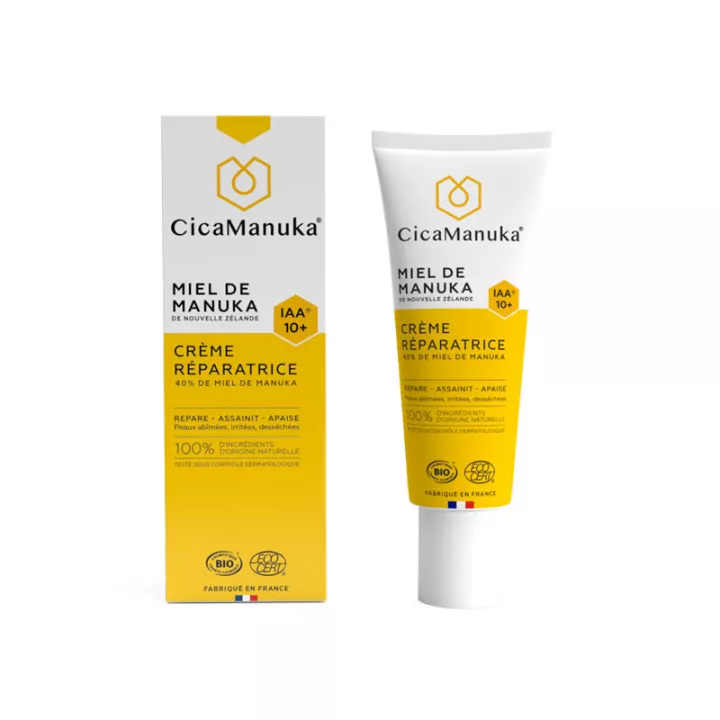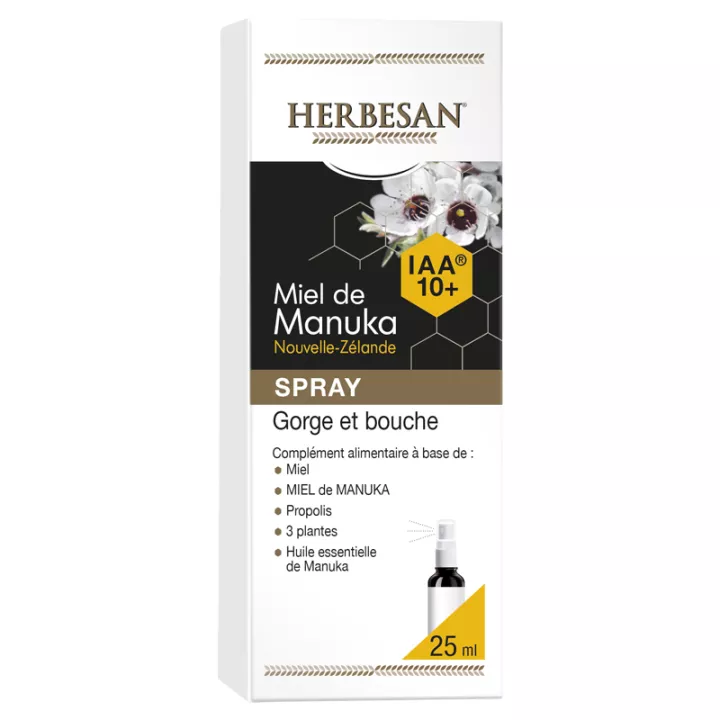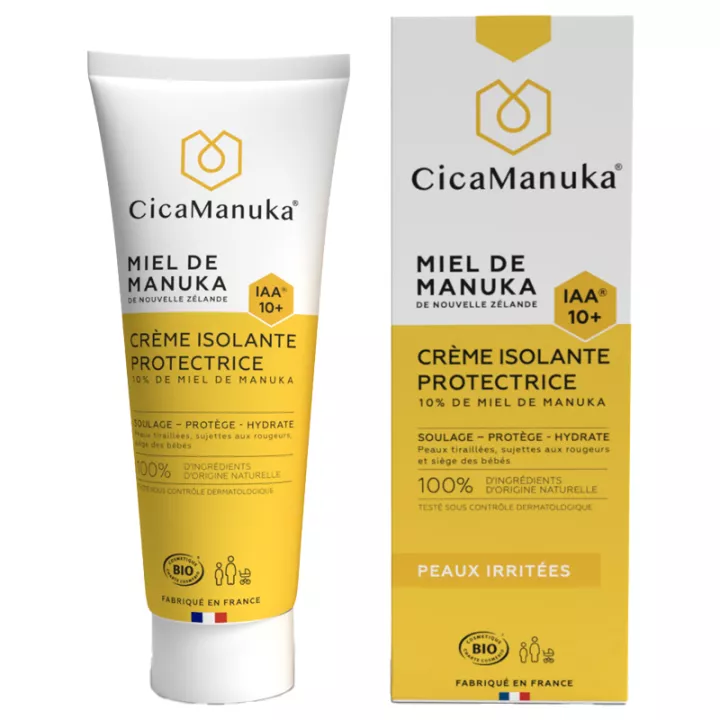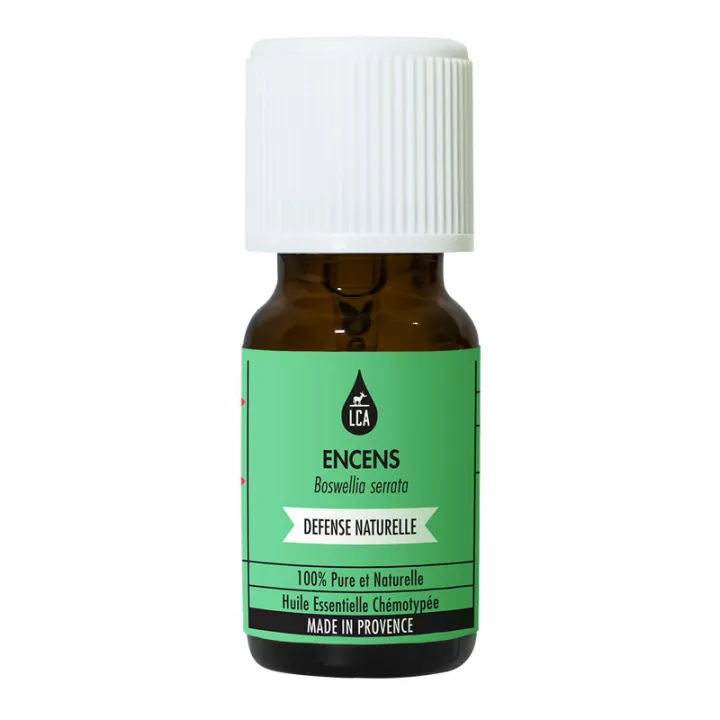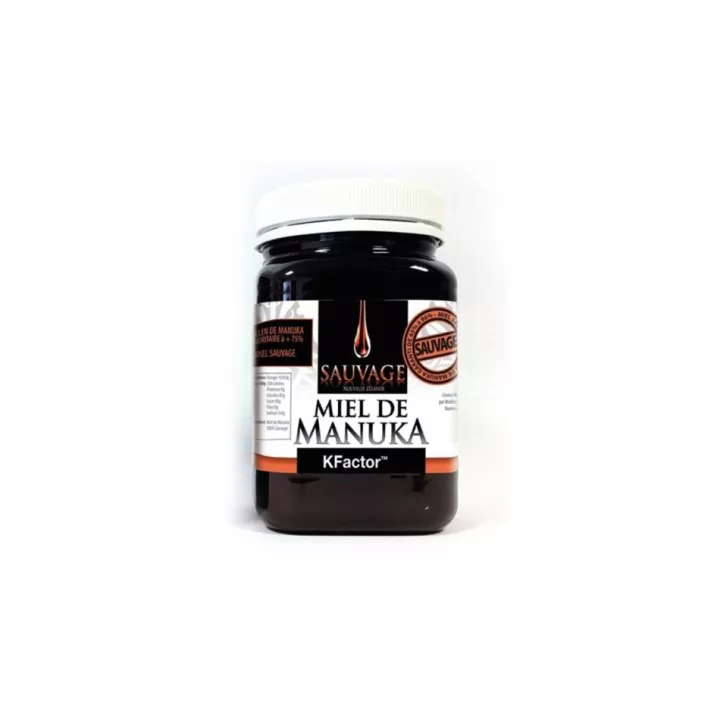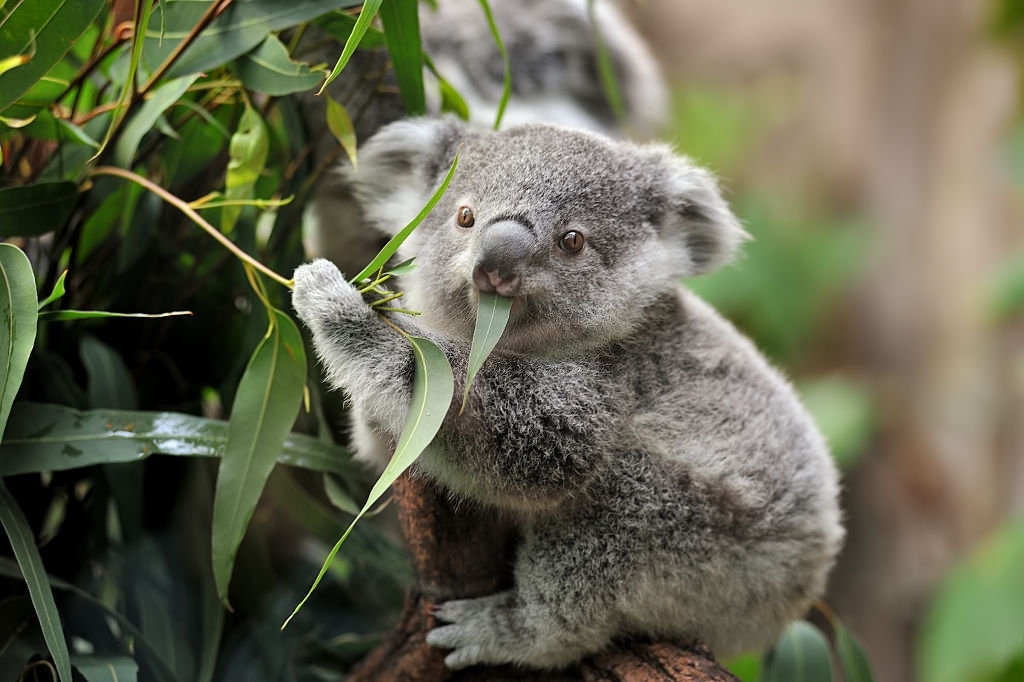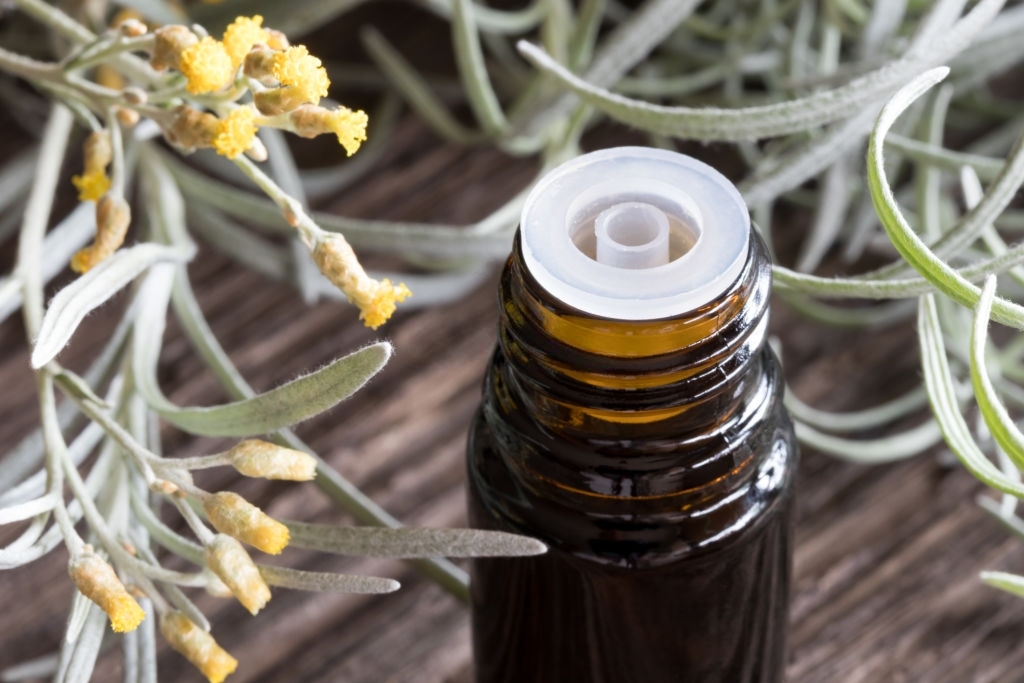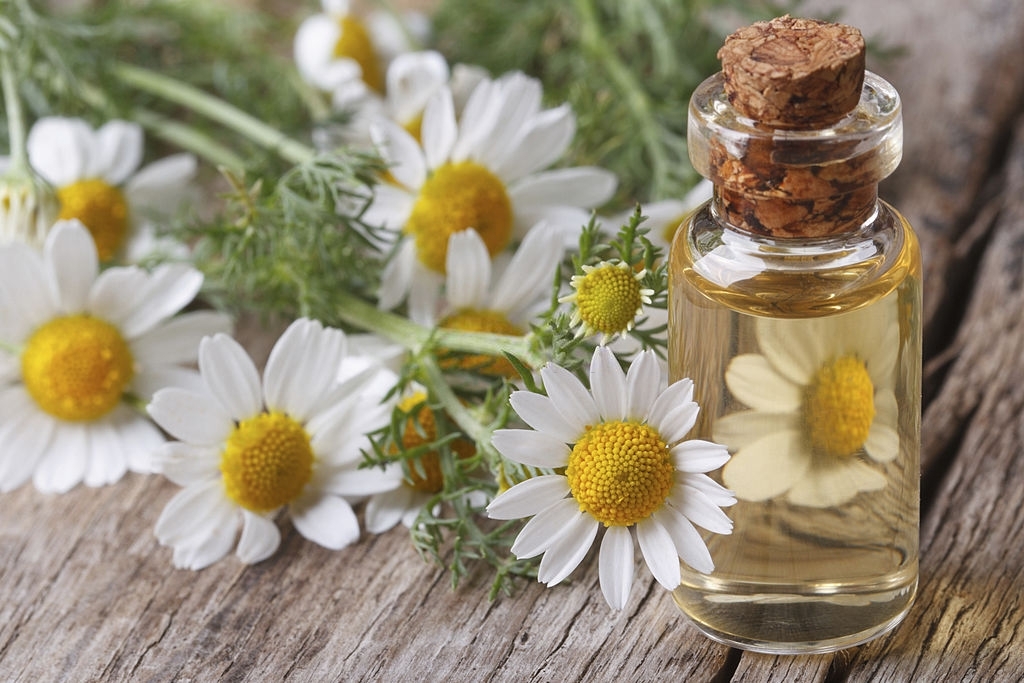What is LCA Manuka Essential Oil 5 ml used for?
This oil is known for its broad-spectrum purifying properties. It can be used to purify ambient air and to care for blemished skin. Its mild scent is much appreciated.
Indications :
- Allergies such as hay fever, pollen, animal hair and dermatitis.
- Blisters
- Warts
- Herpes
- Athlete's foot
- Ulcers and mouth ulcers
- Bronchitis
- Colds
- Flu
- Sinusitis
- Cough
Manuka is a small tree that grows wild in New Zealand in difficult climatic conditions. A member of the myrtaceae family, this shrub has small, highly-perfumed white and pink flowers and fragrant leaves. LCA Manuka Essential Oil is a general stimulant, preventing seasonal epidemics . For protection against viruses and microbes, this oil is indispensable. It is even more powerful thantea tree essential oil and, in conjunction with other specific essential oils, is highly effective in treating respiratory and skin infections.
Properties :
- Powerful atmospheric antiseptic
- Antibacterial
- Powerful antifungal (20X more effective than tea tree HE on certain bacteria and germs)
- Very powerful antiviral
- Antihistamine
- Expectorant
Antibacterial
Manuka essential oil stands out for its powerful antibacterial effect, attributed mainly to leptospermone and flavesone. This antibacterial action is particularly effective against Gram + bacteria such as Staphylococcus aureus and Streptococcus faecalis, as well as Gram - bacteria such as Escherichia coli, Pseudomonas aeruginosa and Klebsiella pneumoniae. According to some sources, its antibacterial power is up to 20 times greater than that of Tea Tree essential oil.
Antifungal
Thanks to its leptospermone and flavesone composition, Manuka essential oil has strong antifungal activity. It is effective against various fungal pathogens such as Candida albicans, Tricophyton rubrum, Aspergillus niger, Microsporum canis and mentagrophytes.
Antiviral
The triketones present in Manuka essential oil also give it a significant antiviral action. It can therefore help relieve certain respiratory tract infections, particularly ENT infections.
Expectorant
Manuka essential oil helps clear the respiratory tract by facilitating theevacuation of mucus from the throat and bronchi, making it an effective expectorant.
Sanitizing
Thanks to its antibacterial, antifungal and antiviral properties, Manuka essential oil helps to purify the atmosphere by eliminating pathogenic germs, thus helping to prevent infections.
Secondary properties
In addition to its primary properties, Manuka essential oil also has beneficial secondary properties:
- Calming: It can have a soothing effect on skin irritations and associated discomforts.
- Antihistaminic: Its antihistaminic action can help relieve allergic reactions and itching.
LCA aromatherapy laboratory also offersMarjoram essential oil at the best price in our online pharmacy.
Directions for use and dosage
Air freshening: By diffusion: pour the number of drops indicated on the leaflet into your diffuser. Diffuse for 30 minutes at a time.
ENT infections: By skin: rub 1 to 2 drops on the chest.
Inhalation: Breathe directly over the bottle.
Skin disorders: Cutaneous: 1 to 2 drops applied as a pure localized spray directly on the affected area.
Acne: 1 drop undiluted on each pimple, morning and evening after washing face, until acne disappears. Take a one-week break after 3 weeks of use.
Give your opinion on the advice for use and dosage of LCA Manuka Essential Oil with our partner Verified opinions after your purchase.
Precautions for use
- Keep out of reach of children.
- Pregnant and breast-feeding women
- Children under 6 years of age
- Oral use by therapist only
- Asthma and epilepsy
- Neurotoxic risk
What is its composition?
30% Tsetones: leptospermoma 18% - isoleptospermoma 5% - flavesone 4%
25% Sesquiterpenes: calamenene 11% - muurolla 3-5 diene 8% - copaene 4.5
Monoterpenes
100% pure chemotyped essential oil (free from other related essential oils) 100% integral (not discolored, not deterpenated, not rectified...) 100% natural (not denatured with synthetic molecules).
Botanical name: Leptospermum scoparium
Part of plant extracted: Twigs
Production method: Complete steam distillation
Presentation
LCA Essential Oil comes in a 5 ml bottle.
Our advice and expert opinions in pharmacy
Endemic to New Zealand, manuka is a shrub that can grow up to three meters tall at altitudes of up to 1,400 meters. It blooms for around 6 weeks, and is covered with highly fragrant, honey-bearing white flowers. A cousin of the tea tree, manuka is a very hardy plant, capable of withstanding both drought and frost. Above all, it is regarded as one of the most interesting pioneer plants, capable of helping devastated or severely deforested land to generate new vegetation: manuka protects the young shoots of all other species.
